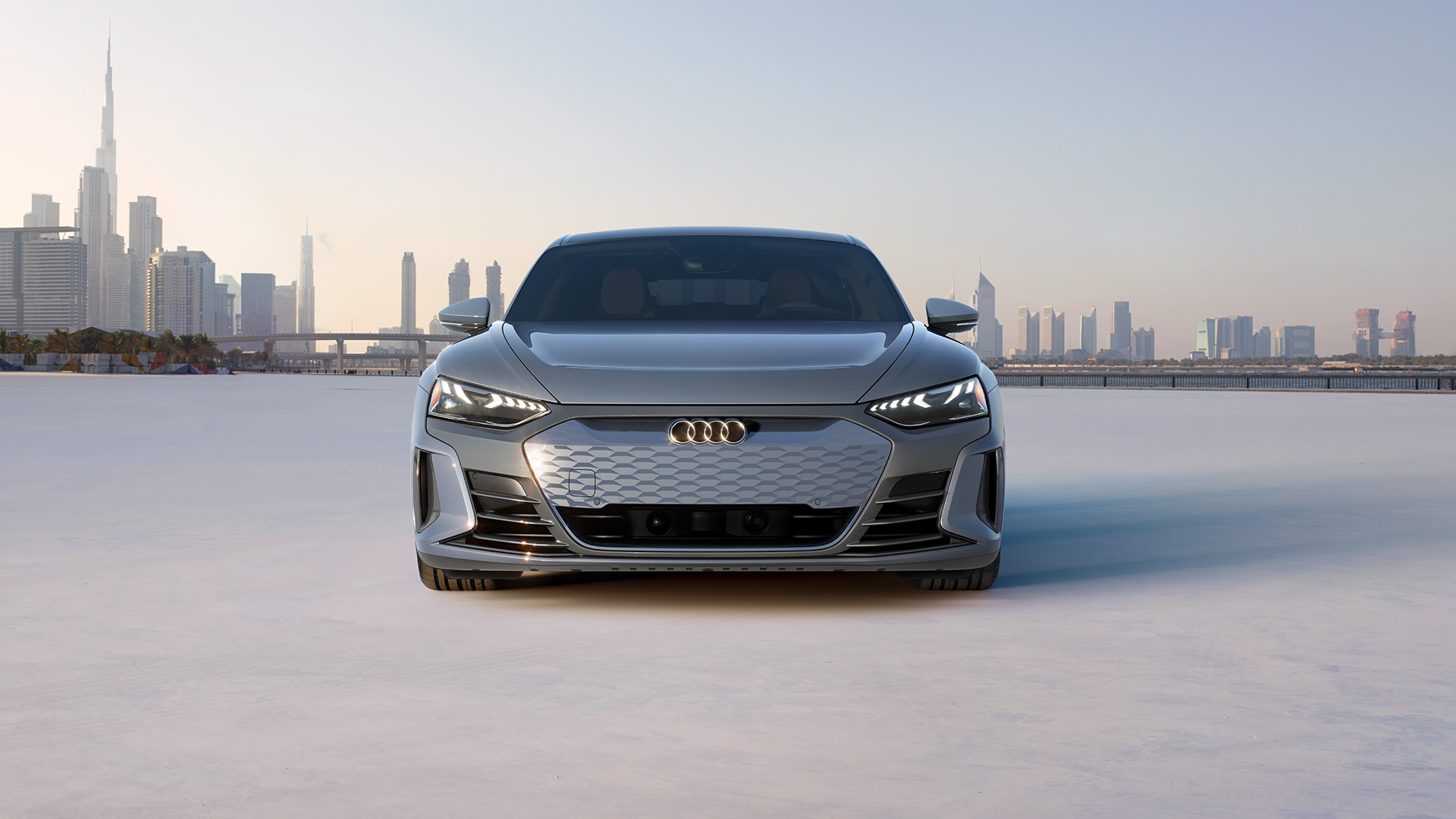(Bloomberg) —
For the latest on climate news and electric vehicles sign up for the Green Daily and Hyperdrive newsletters.
Automakers are rolling out new 800-volt electric vehicle platforms, which promise to cut charging time in half, though BloombergNEF analysis finds a few of the biggest manufacturers are still hesitating to invest in the new technology, leaving them at risk of getting left behind.
Today most EVs are based on 400-volt architectures — and for a standard vehicle like the VW ID.4 it can take about 20 minutes to add 200 kilometers (124 miles) of range. An 800-volt EV can do the same job in about 10 minutes.
Seven of the 10 largest automakers by revenue globally have announced 800-volt platforms that will introduce new vehicles to the mass market over the next few years. For example, BMW will bring six models from its Neue Klasse platform starting in 2025.
Up until now 800-volt technology has been associated with premium vehicles, with models such as the Porsche Taycan and the Audi e-tron GT.
But it’s becoming less niche, according to BNEF’s analysis of the market. Faster charging 800-volt models took a 4% share of all battery electric vehicle sales in the third quarter of 2023, from just 0.8% in 2020. And this may improve further as the technology trickles through to the mass market and sticker prices come down.
The most popular vehicle, with more than 218,000 units sold since launch in 2021, has been a relatively modest priced Hyundai Ioniq 5, which starts around $41,800 in the US. This model alone has accounted for 35% of all 800-volt sales.
Chinese automaker Geely is bringing out an even cheaper 800-volt EV, the Zeekr 007, at less than $30,000 domestically.
Ford, Toyota and Honda are the major manufacturers that have yet to reveal any plans for 800-volt models. There is some risk that holding back will leave them uncompetitive. However, it could pay to be a follower. It takes anywhere from four to eight years to bring a vehicle to market. They could take advantage of the new technology when others have invested in the supply chain and costs have reduced.
There is also a further issue beyond cost. Charging infrastructure has been traditionally geared to 400-volt vehicles. Currently lower voltage chargers account for 86% of the US fast chargers that can provide over 100 kilowatts of power. Even in Germany, which has done a better job at installing higher voltage chargers, 400-volt chargers account for 55% of those available.
Automakers have to design new cars to work at all these chargers, even if they can’t deliver as much as the 350-kilowatt maximum charging powers advertised for the vehicles.
So far there are three different engineering approaches. The Porsche Taycan has an additional power electronic component, called a boost charger, to accept a 400-volt charge; the Hyundai Ioniq 5 has incorporated the function within the already existing vehicle motor, eliminating the need for an extra component; and the Tesla Cybertruck uses split-pack technology. This connects and disconnects smaller lower voltage battery packs from each other to achieve the required charging voltage.
While it’s unlikely EV buyers will know anything about the engineering intricacies that go into these models, the different approaches highlight the complex challenges and divergence that remains in the EV market. There will be more 800-volt electric vehicles on the road in the next two years, and the strategy and designs behind them will determine which automakers come out on top.
To contact the author of this story:
Ryan Fisher in London at rfisher107@bloomberg.net
© 2024 Bloomberg L.P.





